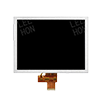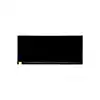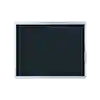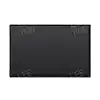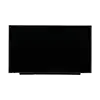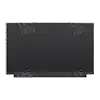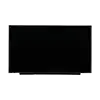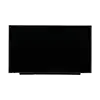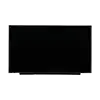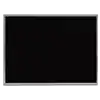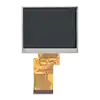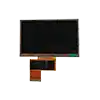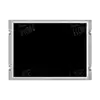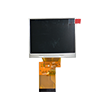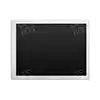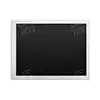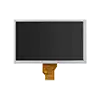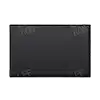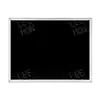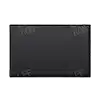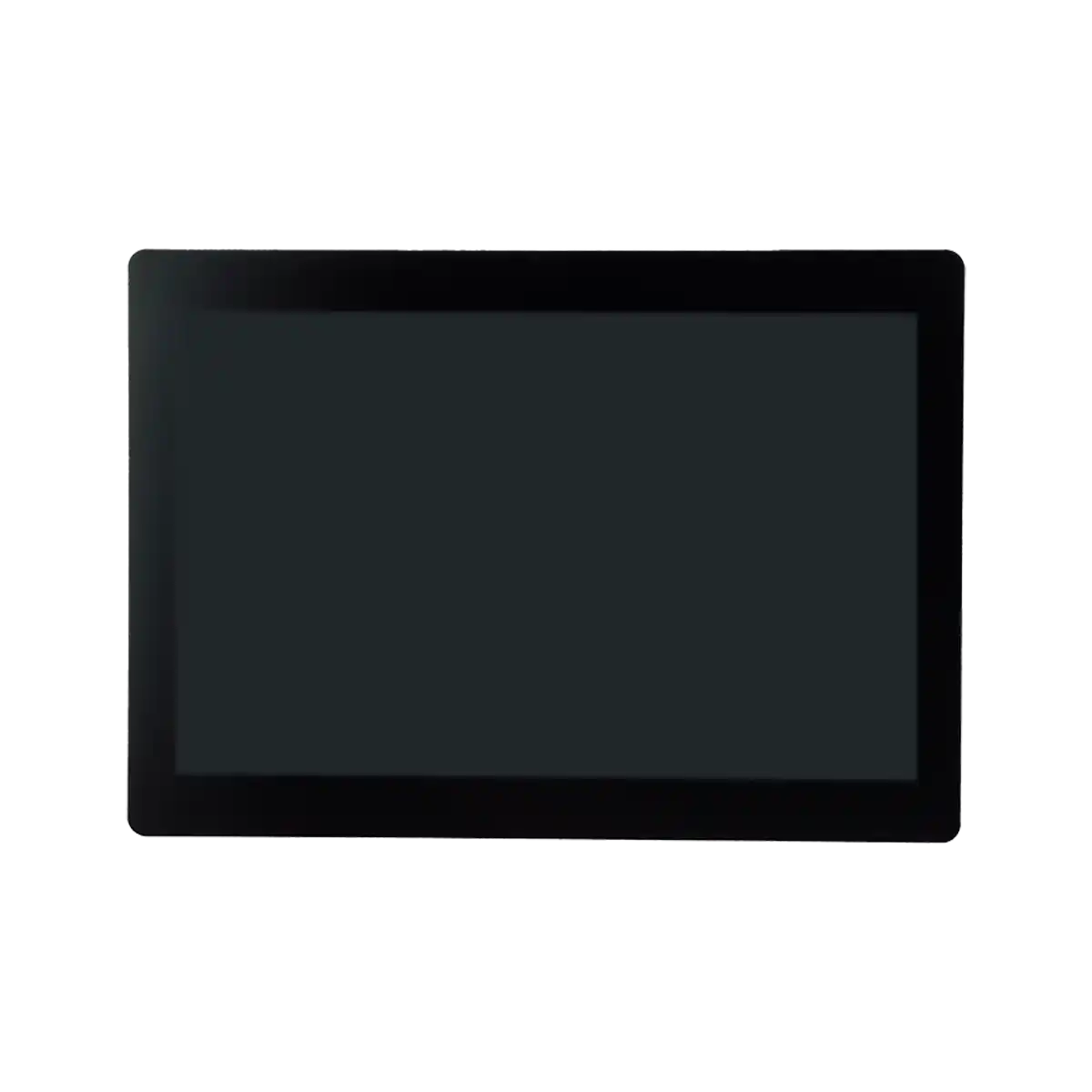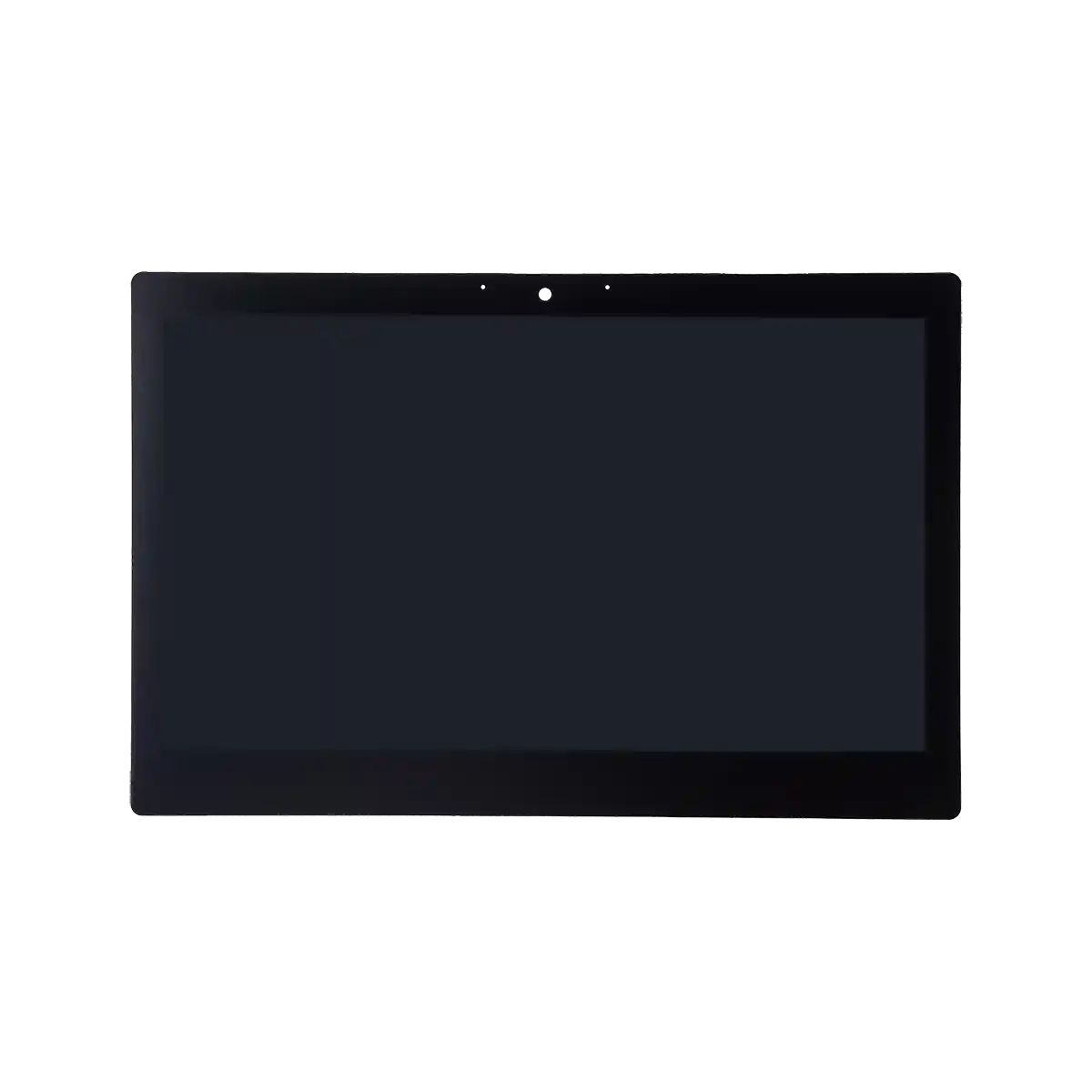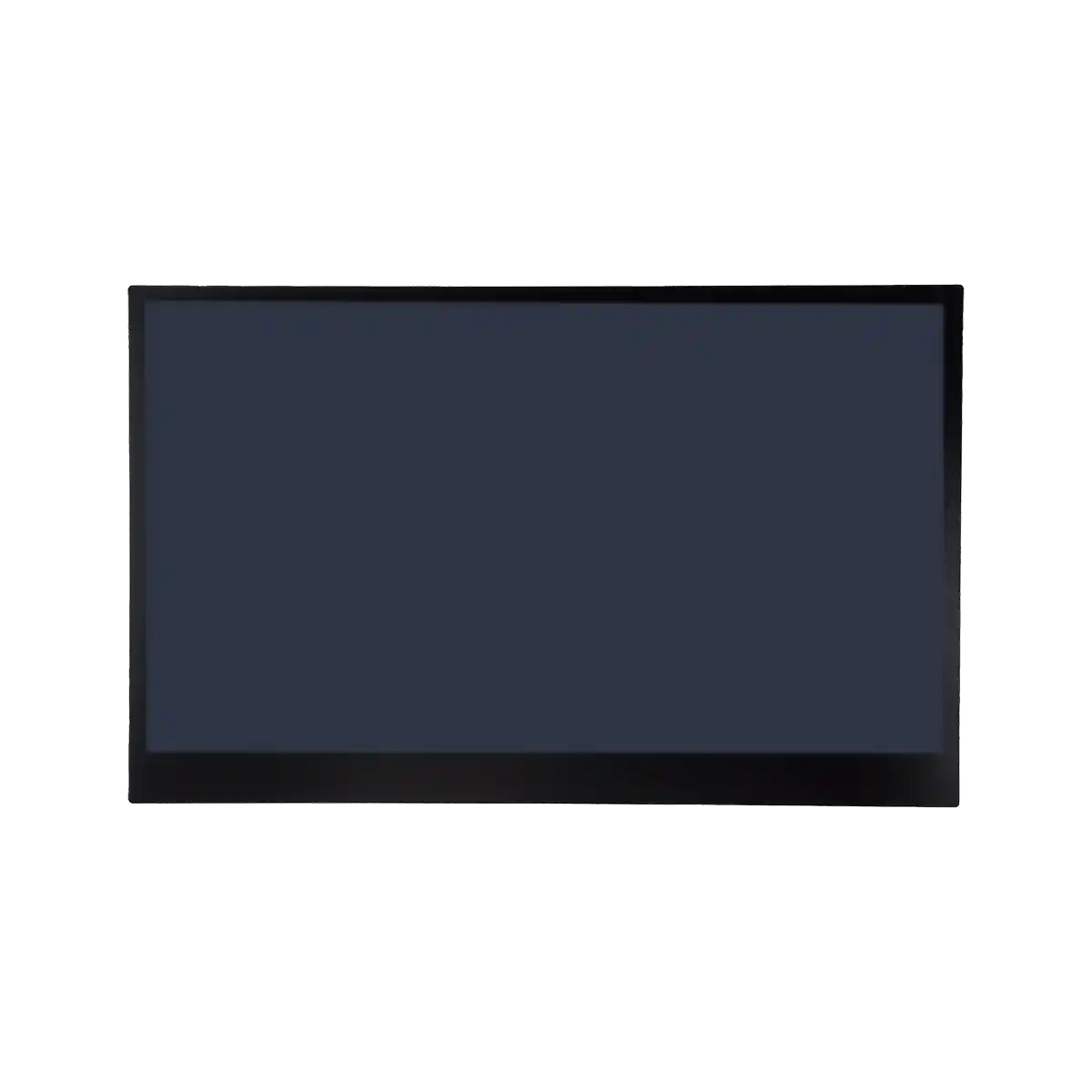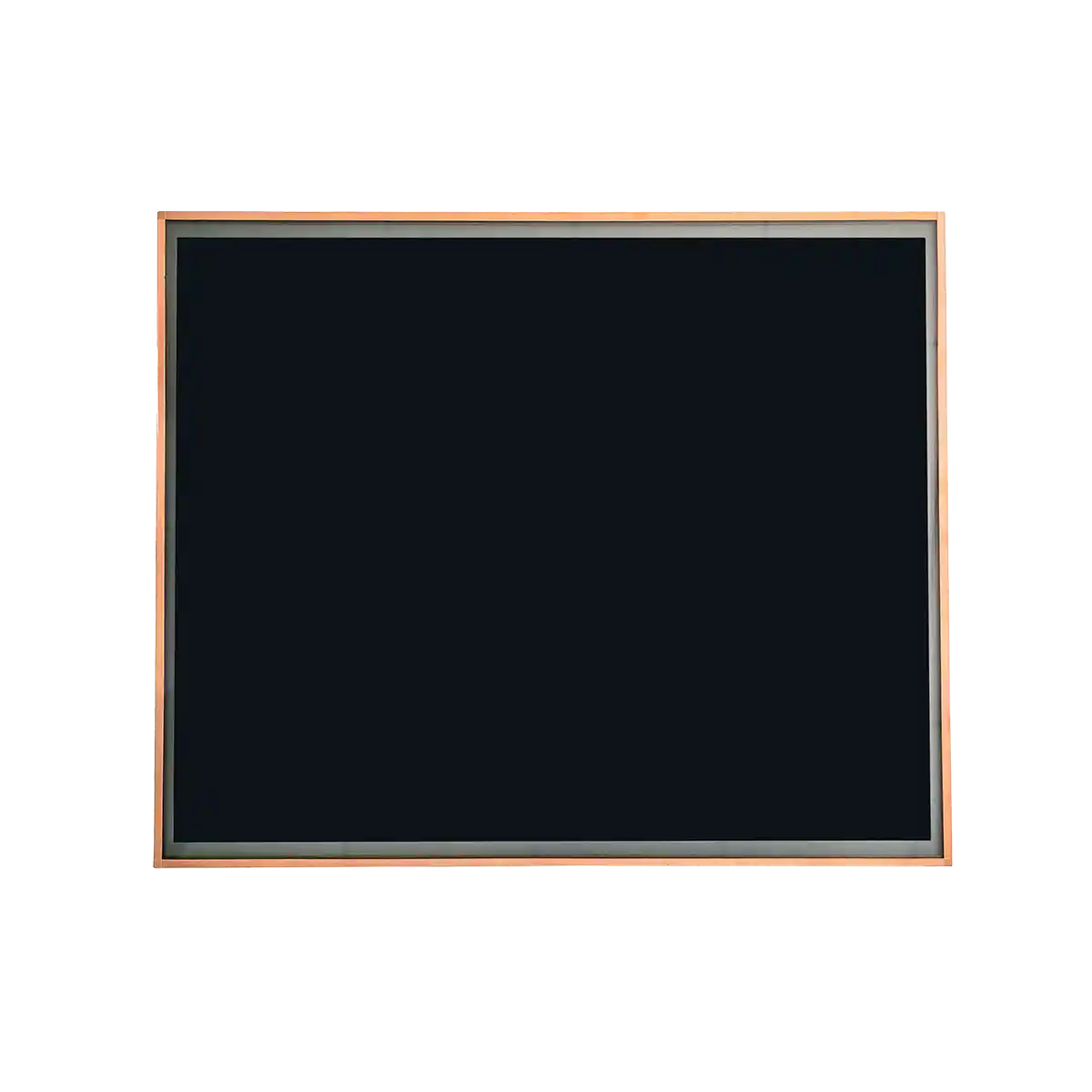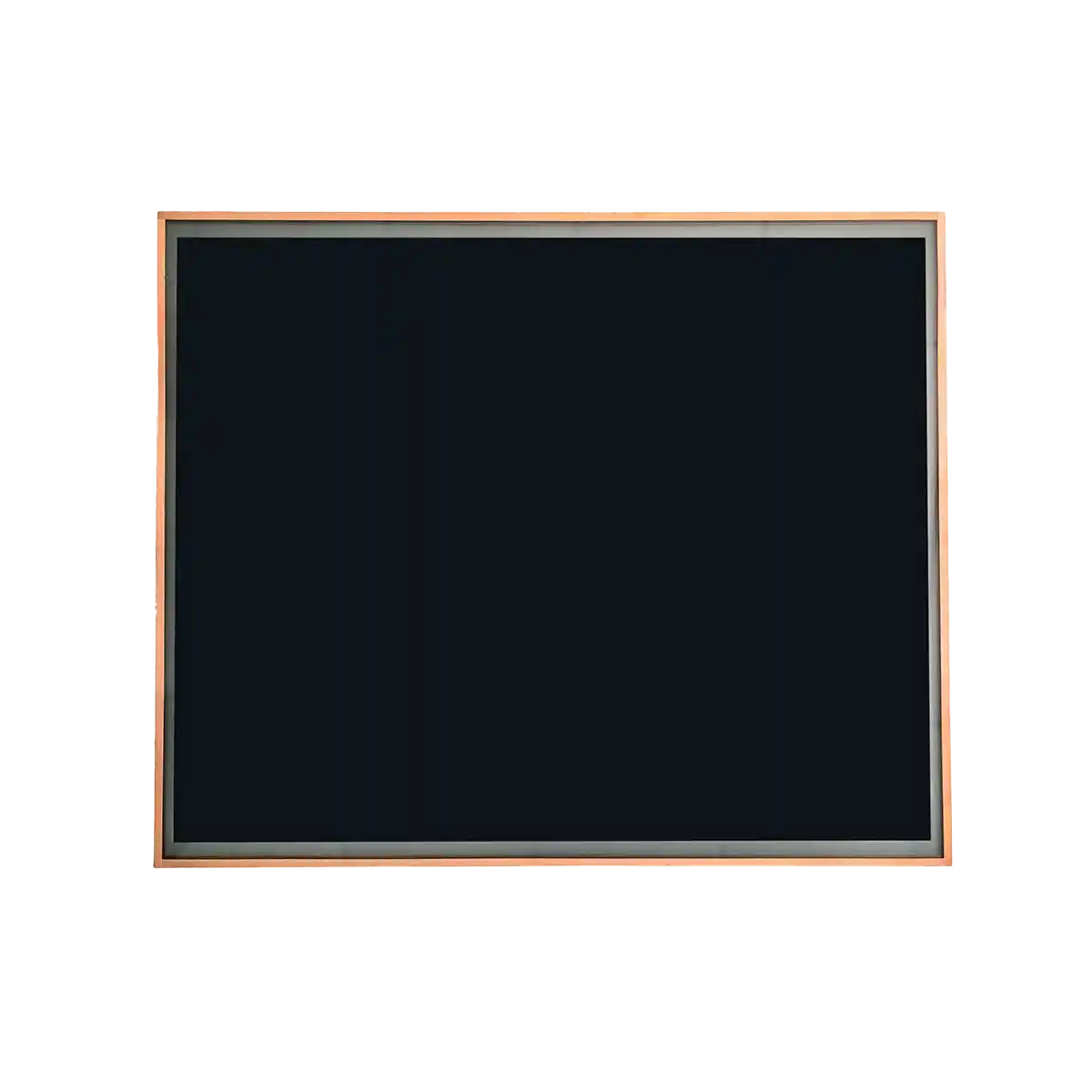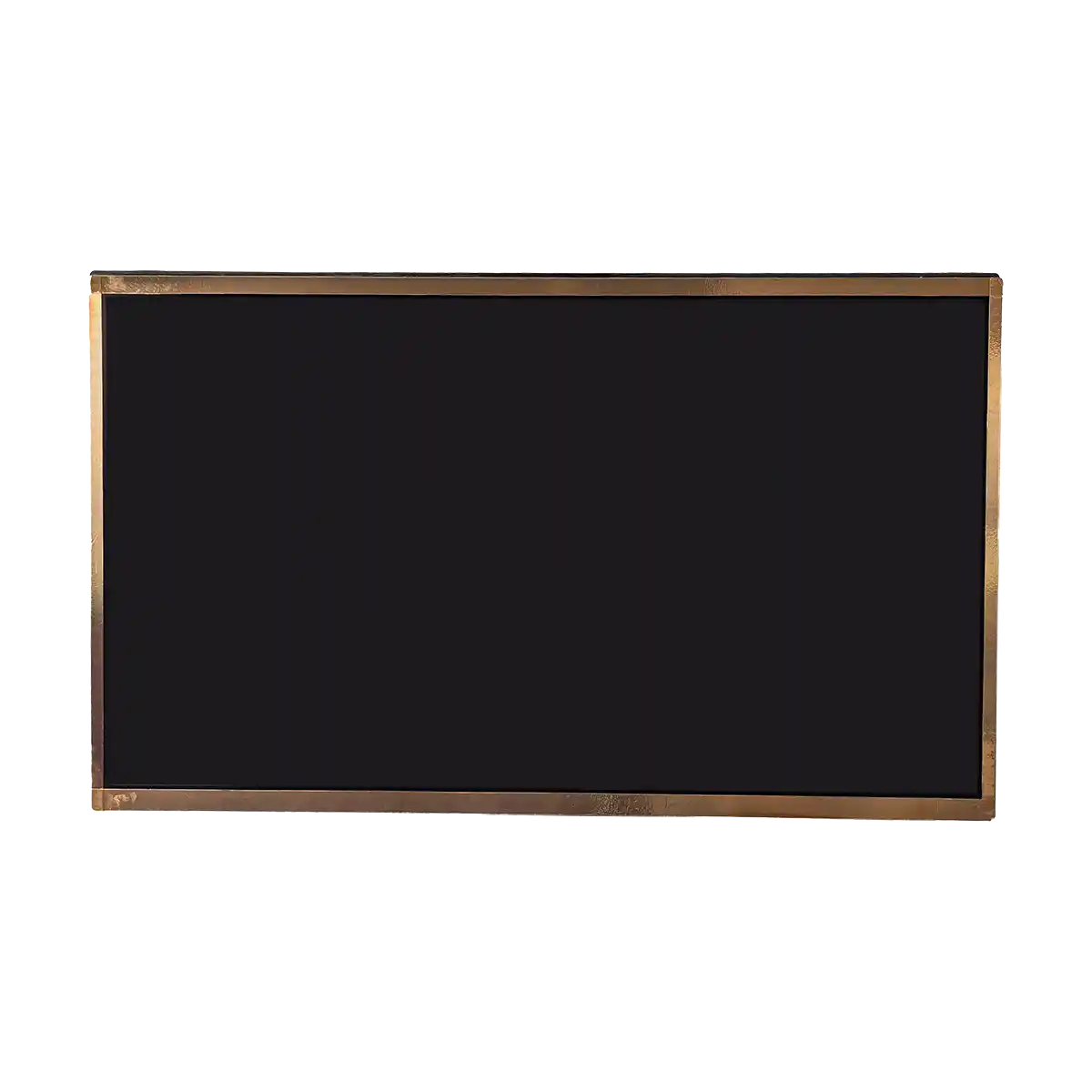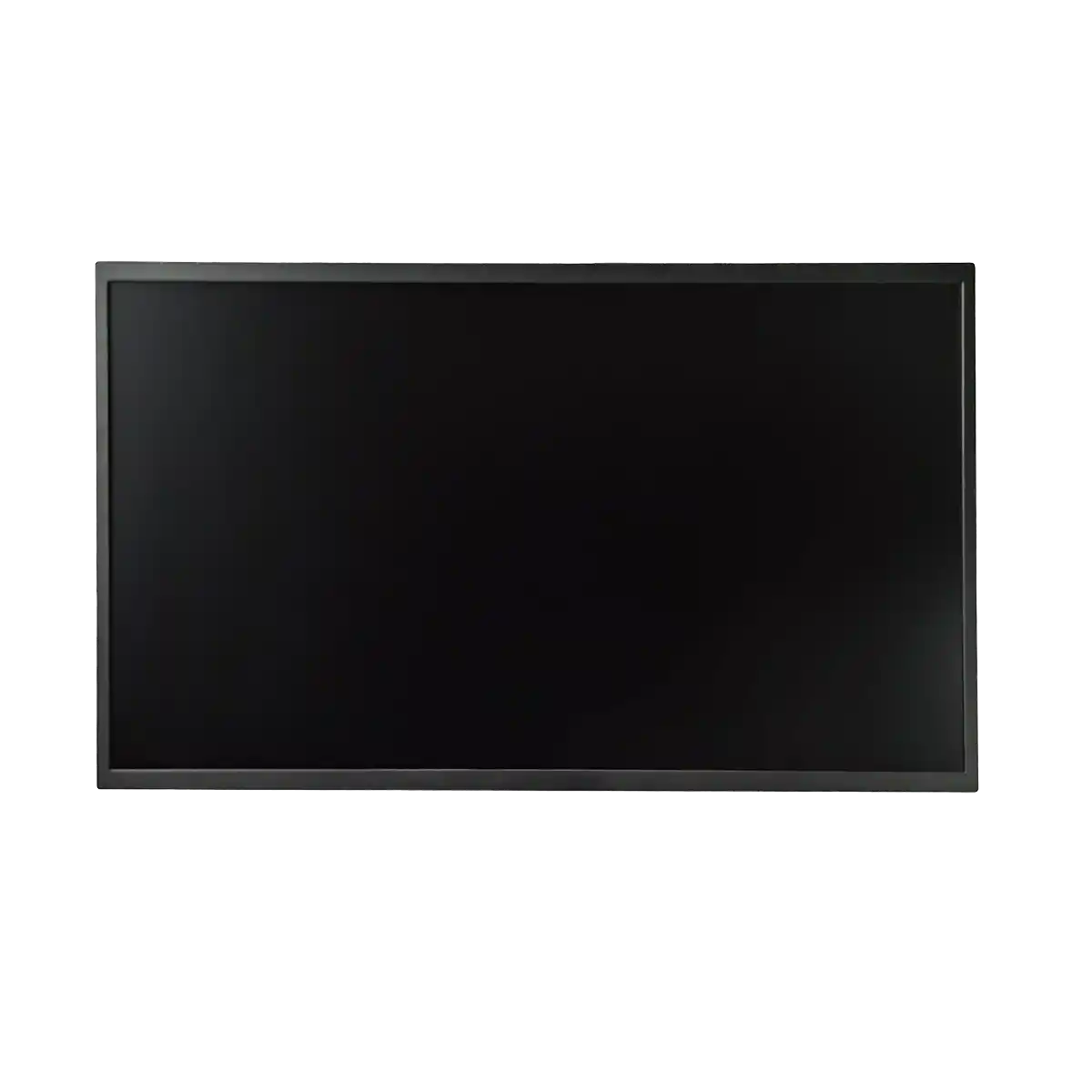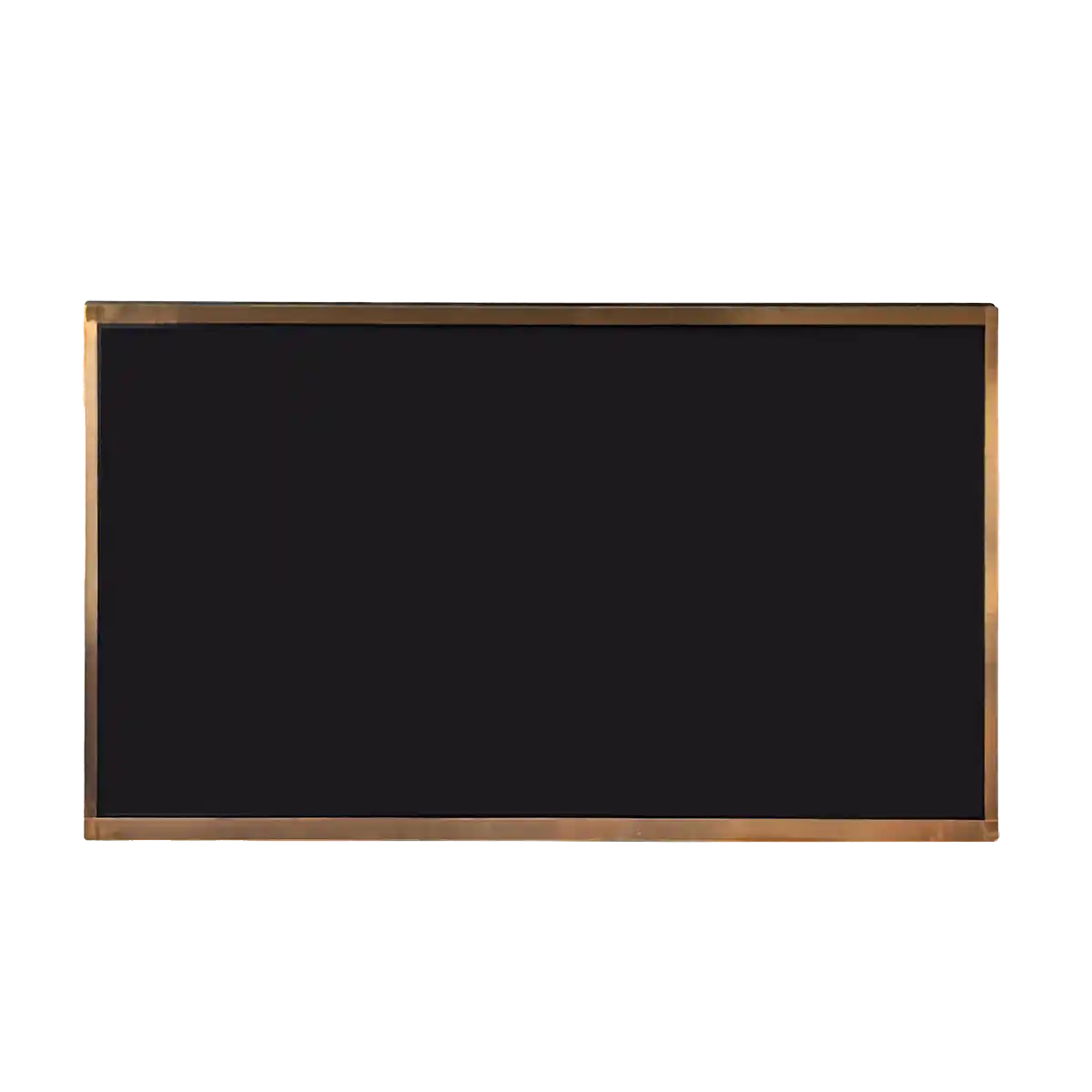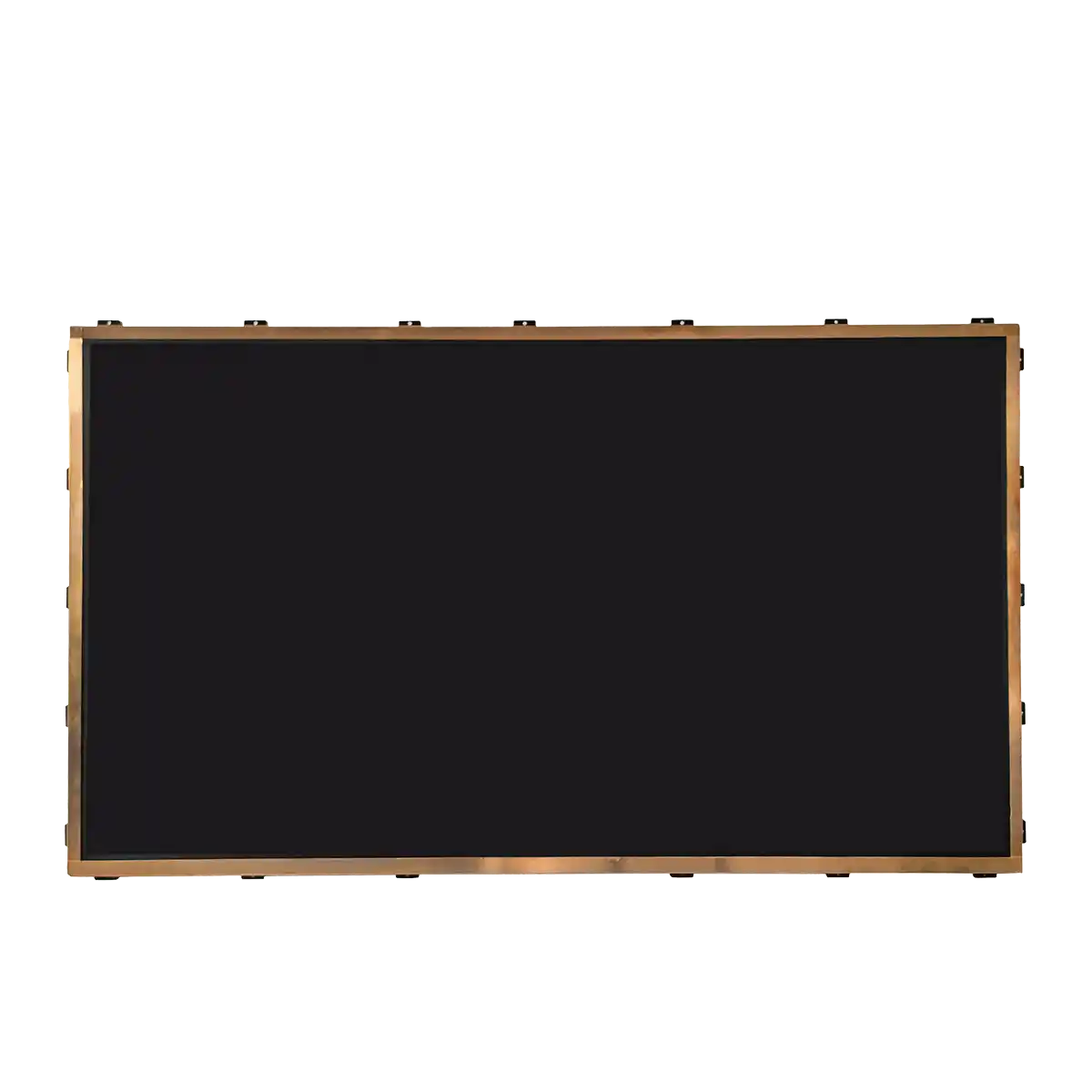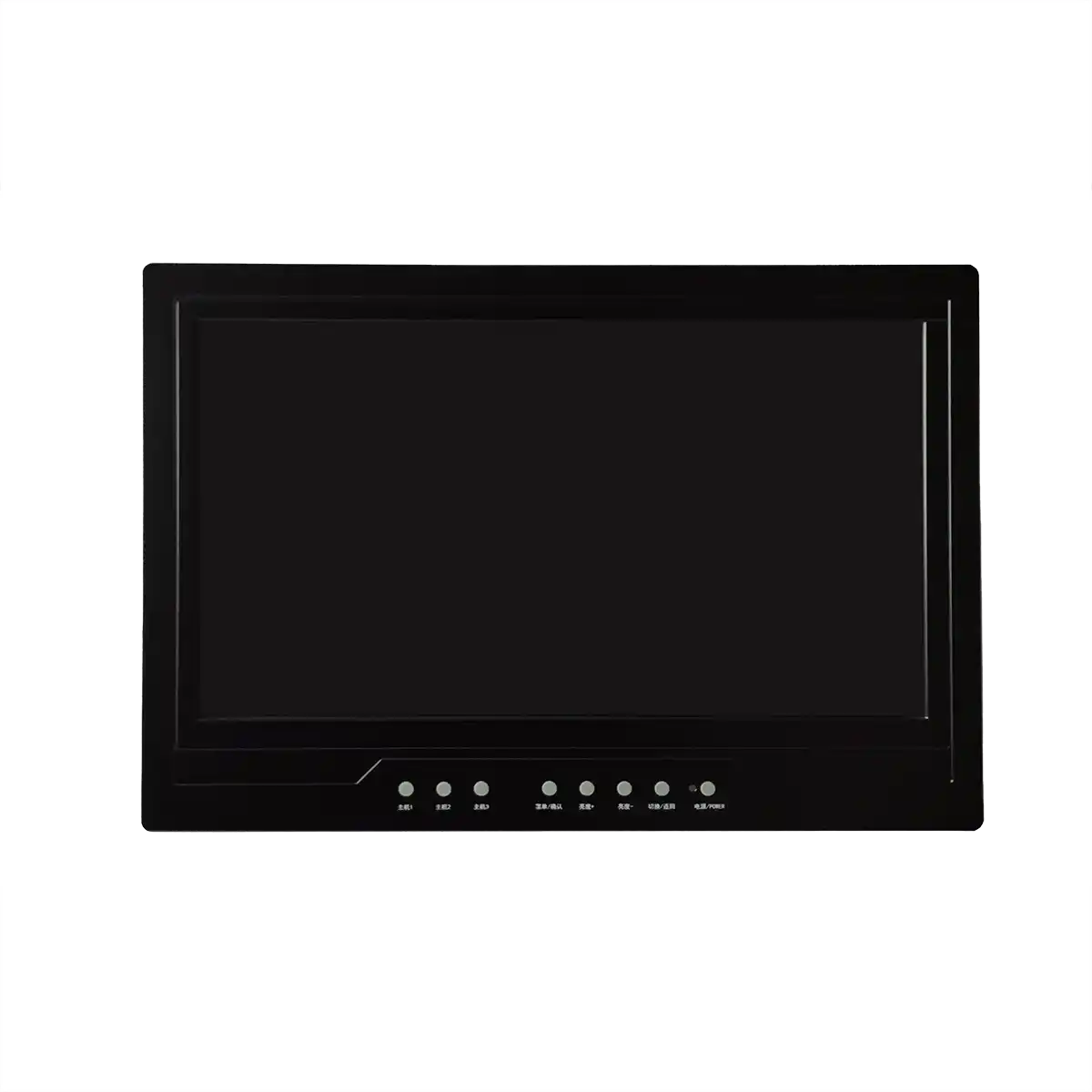Industrial LCD Panels in Dashboards: Aesthetics and Functionality
Introduction
The integration of Industrial LCD Panels in dashboards is a testament to the convergence of aesthetics and functionality in modern industrial design. Industrial LCD Screens, characterized by their robustness, reliability, and adaptability, are increasingly becoming the preferred choice for dashboard displays across various sectors, including automotive, aviation, and manufacturing. These screens are not just a visual element; they are critical interfaces that provide real-time data, control, and monitoring capabilities. This article aims to dissect the role of Industrial LCD Panels in dashboards, examining their impact on both the visual appeal and operational efficiency of systems.

Body
1. Aesthetic Integration of Industrial LCD Panels
Aesthetics in industrial design is not merely about appearance; it encompasses the harmony between form and function. Industrial LCD Panels are designed to blend seamlessly into dashboards, offering a sleek and uncluttered look that enhances the overall design language of the system. The use of high-quality materials and finishes ensures that these panels are durable yet visually appealing, contributing to a professional and high-quality impression.
2. Functionality of Industrial LCD Panels
Functionality is at the core of Industrial LCD Panels. These panels are engineered to provide clear, readable displays even in challenging conditions such as bright sunlight or low light environments. The use of transflective and reflective technologies allows for visibility without compromising on power consumption. Moreover, the integration of touch-sensitive screens offers an intuitive user interface, facilitating easy interaction and control.
3. Display Technology in Industrial LCD Panels
Understanding the underlying technology is crucial when discussing Industrial LCD Panels. LCD, or Liquid Crystal Display, technology uses liquid crystals that do not emit light themselves but modulate the light passing through them. This is achieved through the application of an electric field, which controls the orientation of the liquid crystals and, consequently, the amount of light that passes through. In dashboards, this technology is harnessed to display critical information such as system status, performance metrics, and alerts, often with the addition of graphical elements for enhanced comprehension.
4. Customization and Scalability of Industrial LCD Panels
One of the significant advantages of Industrial LCD Panels in dashboards is their customization and scalability. Manufacturers can tailor the size, resolution, and features of these panels to meet specific application requirements. Whether it's a compact cluster in a vehicle or a large, multi-panel setup in a control room, Industrial LCD Panels can be configured to display the necessary information in a format that is both accessible and aesthetically pleasing.
Conclusion
Industrial LCD Panels in dashboards represent a sophisticated blend of aesthetics and functionality. They not only elevate the visual appeal of a dashboard but also serve as versatile platforms for data presentation and interaction. As technology continues to evolve, the capabilities of these panels are expanding, offering greater resolution, enhanced touch sensitivity, and smarter integration with other systems. The future of Industrial LCD Panels in dashboards looks promising, with potential advancements in flexible displays, augmented reality overlays, and energy-efficient technologies.
Expansion
For a comprehensive understanding, it is essential to consider the impact of emerging technologies on Industrial LCD Panels. Developments in mini-LED backlighting, OLED (Organic Light Emitting Diodes), and QLED (Quantum Dot Light Emitting Diodes) are pushing the boundaries of what is possible in display technology. These innovations promise brighter, more energy-efficient, and higher contrast displays that could redefine the user experience in dashboards.
Furthermore, the integration of AI and machine learning algorithms can provide predictive analytics and personalized information delivery, transforming the way users interact with Industrial LCD Panels. As we venture into this expanding landscape, the role of Industrial LCD Panels in dashboards will continue to grow in significance, shaping the future of industrial design and functionality.
Recommended Articles
-
Hangzhou LEEHON Technology supplies BOE GT080X0M-N12: High quality 7-inch TFT-LCD module solution
2024-09-14 -
How to Check for Issues in Industrial LCD Panels
2024-09-11 -
How does an LCD screen find individual pixels?
2024-09-11 -
What is the difference between eDP and LVDS?
2024-09-11 -
In-depth analysis of the development of automotive display technology
2024-09-10


